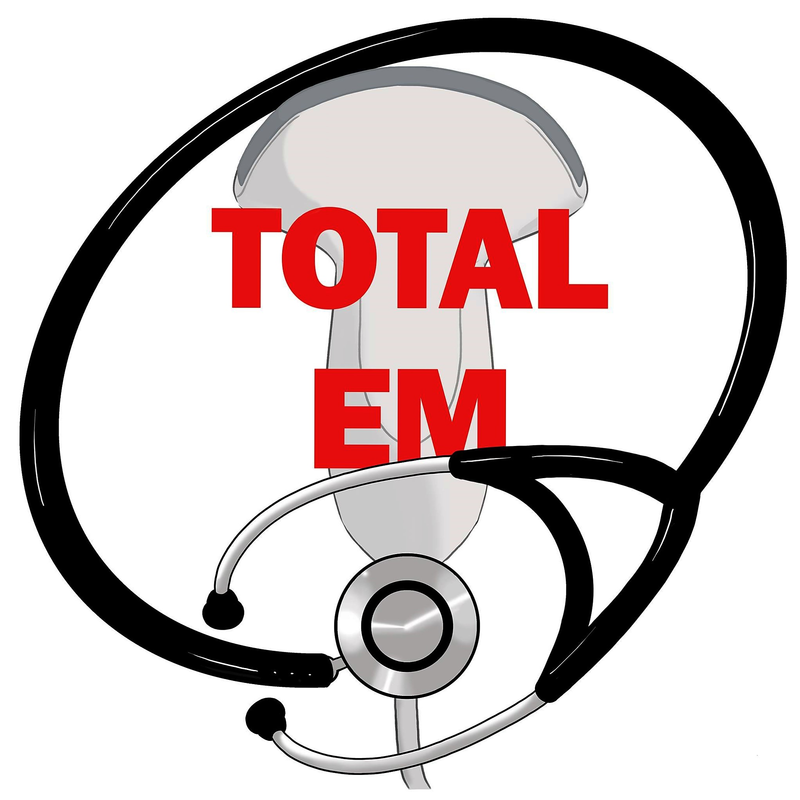|
EM ID is back again with Patrick Bafuma interviewing Dr. Nico Cortes-Penfeld from the University of Nebraska Medical Center. He specializes in orthopedic infectious diseases. Patrick interview Nico for two discussions, with the first being clindamycin. Join back for the next discussion on septic arthritis.
When should you give IV antibiotics?
What are common issues with clindamycin?
What is the dosing for clindamycin?
Let us know what you think by giving us feedback here in the comments section or contacting us on Twitter or Facebook. Remember to look us up on Libsyn and on iTunes. If you have any questions you can also comment below, email at [email protected], or send a message from the page. We hope to talk to everyone again soon. Until then, continue to provide total care everywhere.
0 Comments
Leave a Reply. |
Libsyn and iTunesWe are now on Libsyn and iTunes for your listening pleasure! Archives
August 2022
Categories |
||||||


 RSS Feed
RSS Feed